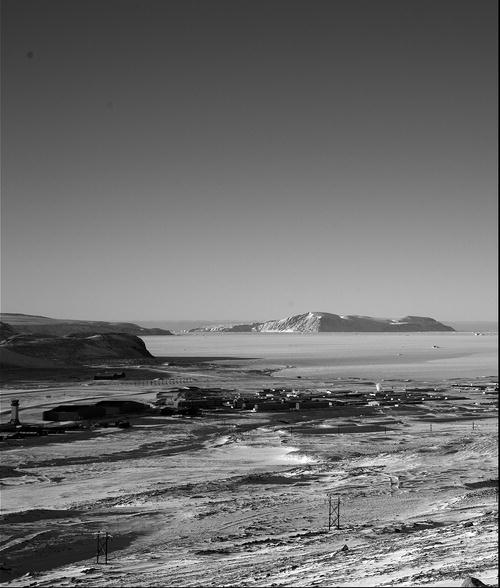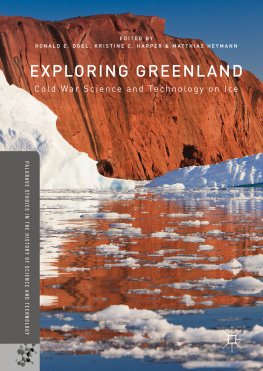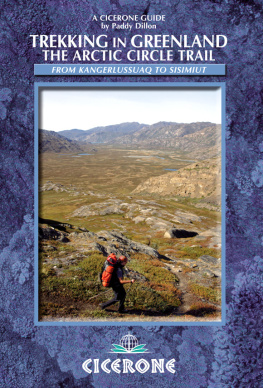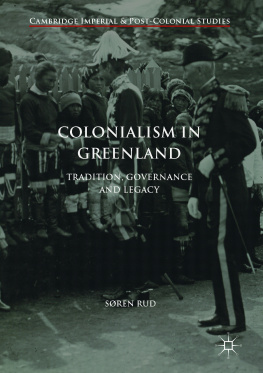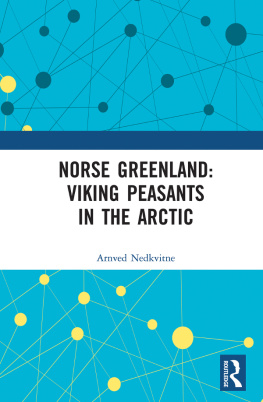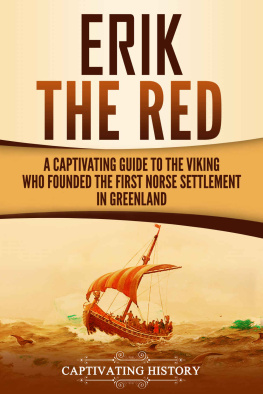1. Introduction: Exploring Greenlands Secrets: Science, Technology, Diplomacy, and Cold War Planning in Global Contexts
Smoke was rapidly filling the cockpit. The planea massive US Air Force B-52 bomber flying a secret reconnaissance mission, its seven crewmembers now quite alarmedwas roughly six miles above the ice cap crowning the enormous expanse of Greenland. Local time was nearly 4 p.m. That far north in midwinter (21 January 1968, a Sunday), the sky was already bluish-purple dark. A gleaming last-quarter moon hung low in the south. The only hint of civilization on the dim icy landscape below was lights belonging to the US Thule Air Base in northwestern Greenland, some 500 miles from the North Pole, a tiny, comforting glow on the distant horizon.
Only later would crewmembers realize what had caused the fire. One of the seven, trying to free space in the cramped cockpit, had stuffed three foam pillows under his seat. There, further wedged in by a metal box, the pillows blocked airflow from a crucial heating vent. As the B-52s cockpit grew frigid in flight, a shivering crewmember toggled an emergency heater. Hot air blasted in from the engine manifolds. It struck the foam pillows, igniting them as if by a blowtorch. Flames leapt out from under the seat. Crewmembers shouted to one another over the roar of the engines, aiming fire extinguishers on the blaze. When the flames instead intensified, the planes pilot radioed Thule, requesting an emergency landing.
The Thule base toward which the crippled B-52 was descending was one of the largest military bases the USA had ever constructed. But at the time, relatively few Americans knew that it existed, and fewer still understood the great strategic significance Greenland had gained in the Cold War struggle between the USA and the Soviet Union. World War II veterans who had served in the North Atlantic theater remembered Greenland as a crucial refueling stop in the air ferry route from North America to Britain and Western Europe, midway between Newfoundland and Iceland.
By the early Cold War, new technological advances in long-range bombers had led to new missions. In 1952, American audiences opening the pages of Life magazine read about the construction of the Thule baserequiring the labor of more than 10,000 soldiers and engineers to complete. Less than ten years later, they marveled about a unique nuclear-powered city American military forces had constructed under the ice cap. Camp Century (so-named since it was situated 100 miles east of Thule) was revealed to them in dramatic footage aired on the popular Sunday evening television show, The Big Picture.
Danish citizens were also concerned about Greenland during the early Cold War (Denmark had long ruled Greenland), but they heard little about military activities there. The stories that most intrigued and concerned Danish citizens were not the same as those broadcast to American audiences. Danes knew that after Denmark fell to the Nazis in 1940, Denmarks ambassador to Washington had made an agreement the following year, allowing the USA access to Greenland until it is agreed that the present dangers to the peace and security of the American continent have passed.
But neither American nor Danish audiences before 1968 fully appreciated the extent of US military activities in Greenland in the early Cold War. Danish leaders had suspected, but never felt certain, that the US military had been storing nuclear weapons on its territory. This indeed was the case, and had been for some time. The burning B-52 descending toward Thule, just one asset in the Pentagons northern arsenal, was carrying four atomic weapons. Each had a yield of 1.1 megatons, roughly 80 times the explosive force that had devastated Hiroshima a generation before. The mission of the now-crippled B-52 bomberpart of the US-devised North American Continental Defense strategywas to closely monitor the Ballistic Early Warning System at Thule, one of the most strategic sites for North American continental defense. If communications between it and warning centers in the USA were broken for any reason, the B-52 Stratofortress was to investigateand then be ready to strike Soviet targets if so ordered.
Yet this was only part of the reason why American military leaders were so deeply invested in Greenland in the early Cold War. An equally covertand crucialPentagon goal was to carefully assess Greenland, indeed the entire Arctic, as a potential theater of war. Since the shortest great circle route between the Soviet Union and North America bisected the high Arctic, military planners realized a hot war might occur in this newly strategic, frigid space. (Veteran polar explorer Richard Byrd argued that if the USA failed to take advantage of Greenland for possible air attacks against the Soviets and to defend against Soviet attacks, it is my opinion that this Nation is courting military disaster.
At half past four local time that evening in Greenland, as the B-52 continued its emergency descent, the planes electrical power system failed.
***The massive island toward which the wounded bomber was rapidly dropping had just over 40,000 inhabitants in 1968less than the population of Copenhagen back in 1700scattered across an area 50 times the size of Denmark, or roughly 1.5 times the land area of Alaska. The islands first inhabitants, including the Inuit Thule, were descendants of rugged individuals who already had begun venturing along the rim of the North American Arctic Ocean by 1000 BC, their migration rivaling that of Polynesian voyagers.
By the 1930s, natural scientists were increasingly drawn to Greenlands immense ice capsecond only to Antarctica as a relic of Earths last ice age. The enormous ice dome filling Greenlands vast interior had fascinated researchers since the nineteenth century, and the famed Norwegian polar explorer Fridjof Nansen had first traversed its southern part in 1888. Interest rose further in the twentieth century after the German glaciologists Albrecht Penck and Eduard Brckner, drawing on their fieldwork in the eastern Alps and a half-century of prior investigations, published evidence that four ice ages had occurred, interspersed by warmer interglacial periods.
Neither the prior settlement of Greenland nor what insights its ice cap might provide into Earths past (and possible future) climate were likely on the minds of the seven terrified B-52 crewmembers as they prepared to abandon their aircraft, now a blazing inferno. When the pilot judged the plane close enough to the Thule base to make rescue feasible, he ordered his crew to jump. Six, equipped with parachutes, fired their ejection seats at 4:37 p.m. local time. (The last crewman, the co-pilot, had no choice but to use a lower hatch at the bottom of the aircraft.) Moments later these crewmembers, isolated from one another, were abruptly thrust into frigid silence, swaying under parachutes in the vast night sky. Stung by the bone-chilling air, they looked down at a frozen, ancient landscape rushing up to meet them (Fig. ).
Fig. 1.1
Thule Air Base viewed from the air. Constructed in secret by 12,000 workers in 1951, this baseone of the largest ever created by the United Stateswas nearly equidistant from North America, Western Europe, and the Soviet Union. Weapons on long-range bombers based there included nuclear bombs. Credit: U.S. Air Force photograph .
